Most Erotic Japanese Film Master!
This year marks the 100th anniversary of the birth of Japanese film master Seijun Suzuki. To honor this momentous occasion, the Beijing Film Panorama section will feature a session on “Master Review: Seijun Suzuki” at the 13th Beijing International Film Festival (BJIFF), presenting five of his films: Youth of the Beast, Gate of Flesh, Tokyo Drifter, The Born Fighter, and Branded to Kill, whose latest 4K digital restoration will be provided.
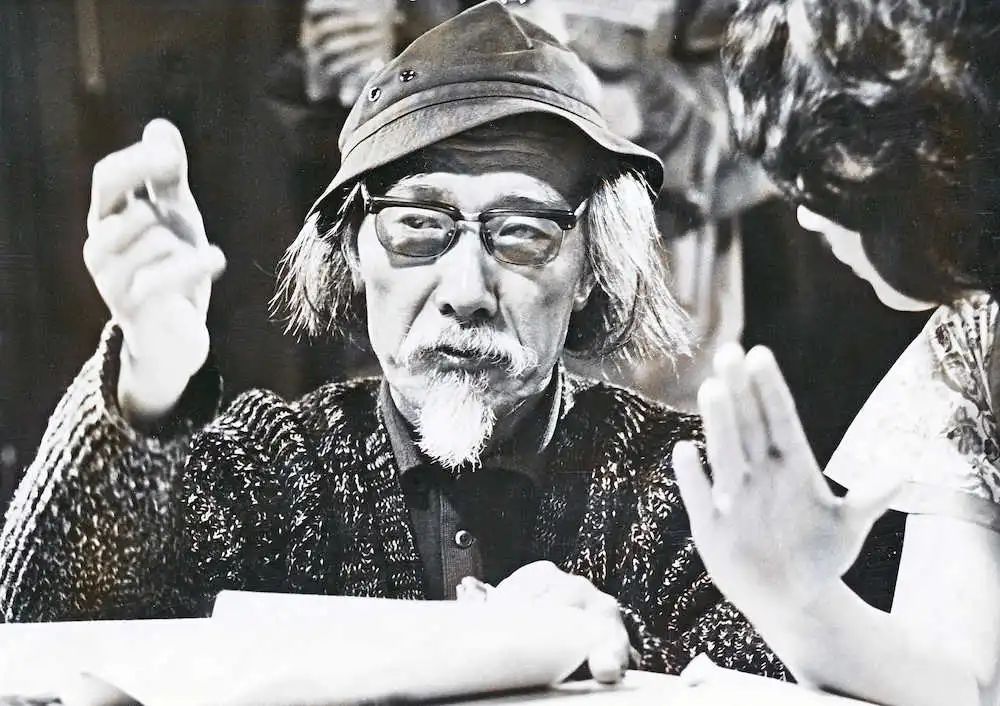
Seijun Suzuki
Born in 1923, Seijun Suzuki (birth name: Suzuki Seitarō) is widely regarded as one of the representatives of the Japanese New Wave.
In 1954, Seijun Suzuki joined Nikkatsu Corporation and worked with art director Takeo Kimura on a number of disruptive classics, creating the iconic “Seijun Suzuki aesthetics”—bold colors, unimaginative editing rhythms, and bizarre and absurd fight scenes. Among their co-works, Tokyo Drifter and Branded to Kill are anointed by many movie fans as Cult classics. Notably, Branded to Kill was a story written by eight people, including Seijun Suzuki, Takeo Kimura, and Yôzô Tanaka who was later responsible for the scripts of the famous “Taisho Trilogy” (Zigeunerweisen, Kagero-za, and Yumeji) for Seijun Suzuki, so its screenwriter’s name is replaced with the pen name of “Hachiro Guryu” (literally, “Group of Eight”).
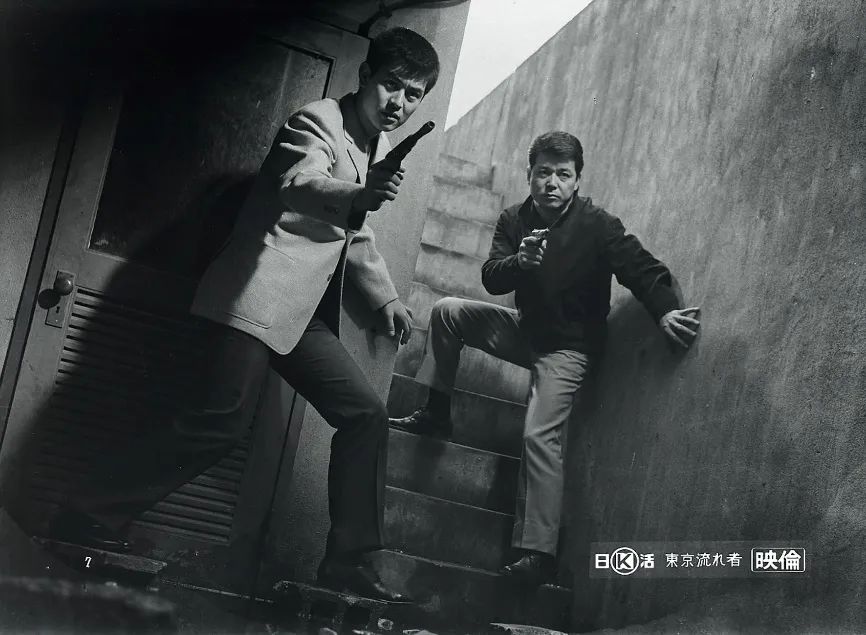
Tokyo Drifter
Apart from the screenwriting team with himself at the core, Seijun Suzuki’s another important creative partner and favorite actor was Joe Shishido, who starred in such works as Youth of the Beast, Gate of Flesh, and Branded to Kill.
As a wild, unconventional and unique “erotic director”, Seijun Suzuki once said, “Instead of pursuing morality, righteousness and truthfulness like other Japanese film directors, I would rather pursue immorality and fiction while dying on an absolutely empty base and in the erotic world.” Perhaps it is for this reason that Seijun Suzuki tended to focus his camera on Japanese gangsters, professional killers, prostitutes and various marginalized people struggling for survival, and cleverly combines their stories with crazy visual creativity.
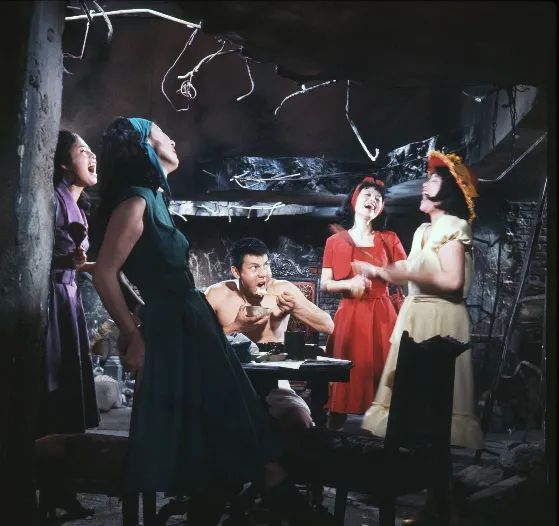
Gate of Flesh
Seijun Suzuki has an extremely profound impact on the later generations of filmmakers in Asia and even the world. In Quentin Tarantino’s Kill Bill: Volume 1 or Jim Jarmusch’s Ghost Dog: The Way of the Samurai, it is easy for the audience to find the influence of Seijun Suzuki. Wong Kar-wai even directly used Yumeji’s Theme composed by Shigeru Umebayashi for the film Yumeji as the theme song of In the Mood for Love. And Iwai Shunji’s masterpiece Love Letter is also a reference to Seijun Suzuki’s film (1959) of the same name.
Whether you are a long-time fan or a new movie fan of Seijun Suzuki, you should never miss the uncommon session on “Master Review: Seijun Suzuki”!
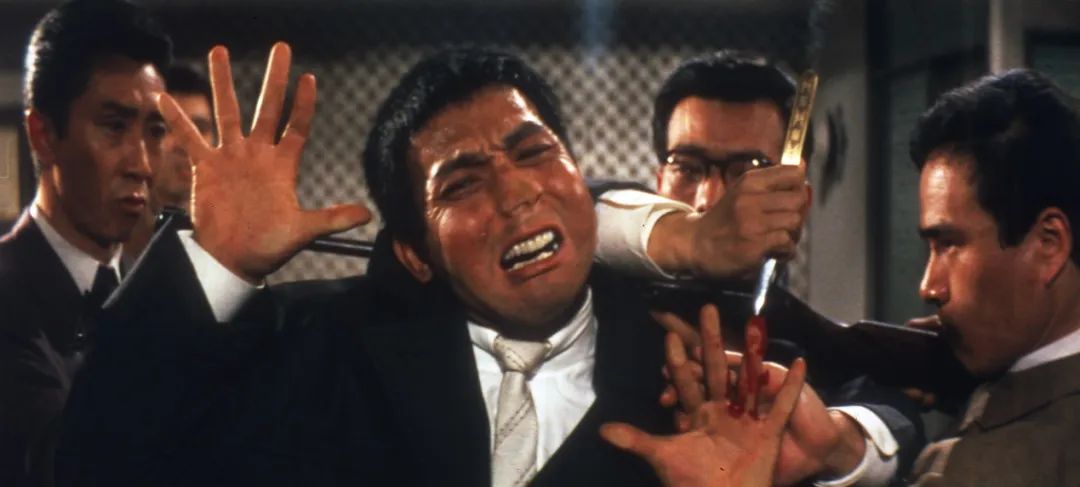
《Youth of the Beast / 1963
Seijun Suzuki’s groundbreaking work that challenges the traditional style of gangster films.
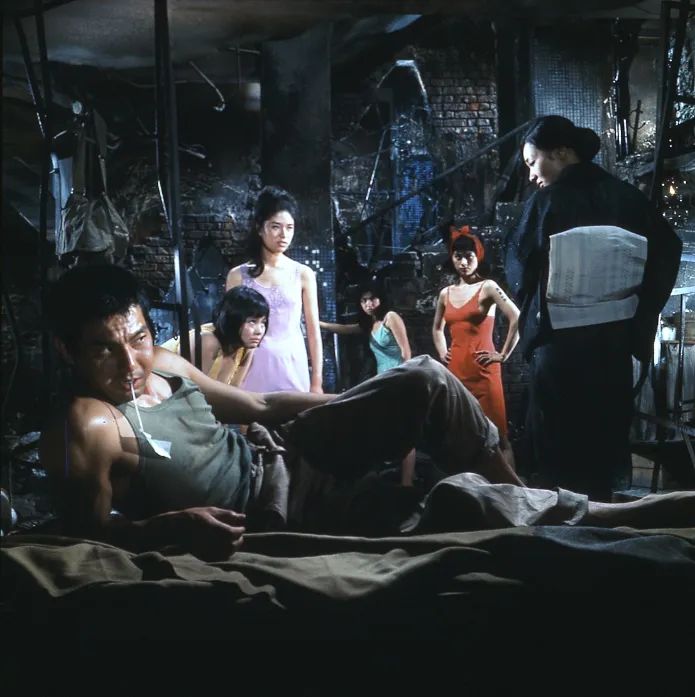
Gate of Flesh / 1964
Seijun Suzuki’s rare film that profoundly recreates the brutal post-war life from the female perspective.
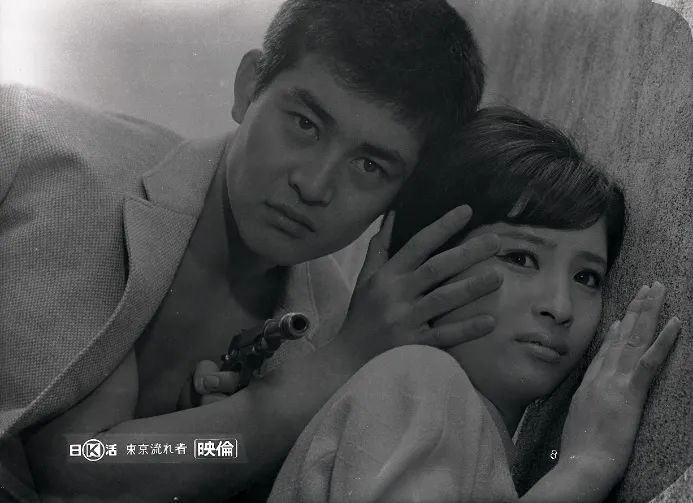
Tokyo Drifter / 1966
A film that blends Japanese tradition with Western aesthetics and documents the general mood of society in the 1960s.
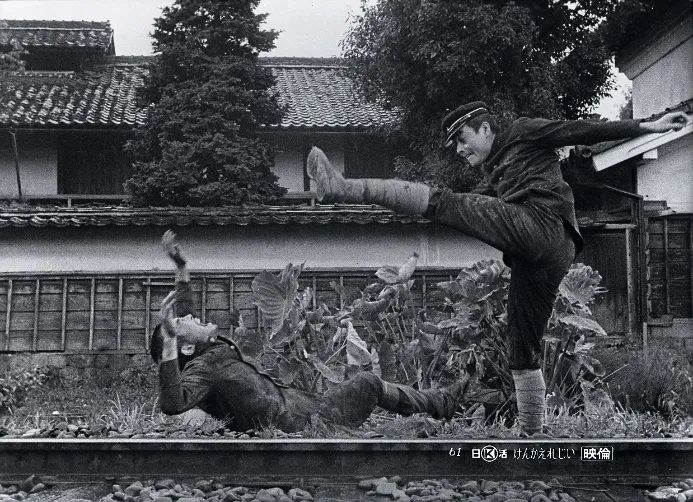
The Born Fighter / 1966
A film that provides a comedic insight into the minds of adolescents, written by Kaneto Shindo, another Japanese film master.
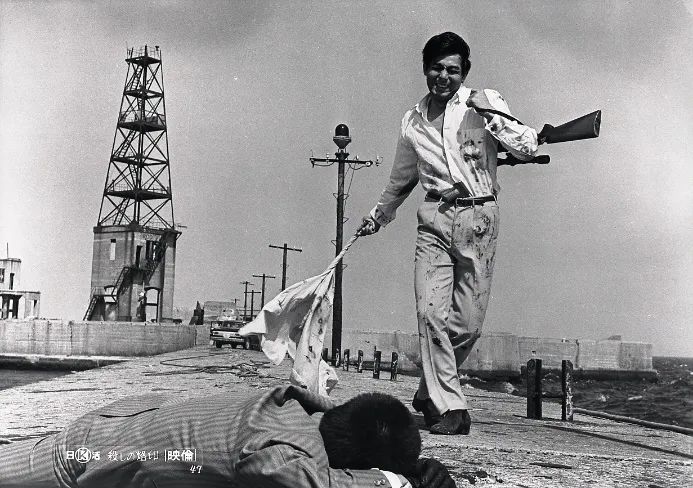
Branded to Kill (4K) / 1967
A film with a highly pioneering style that signals the collapse of the Japanese studio system. (New 4K digital restoration)
